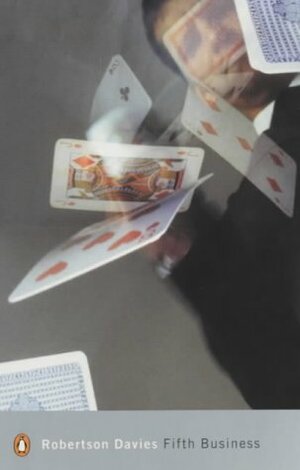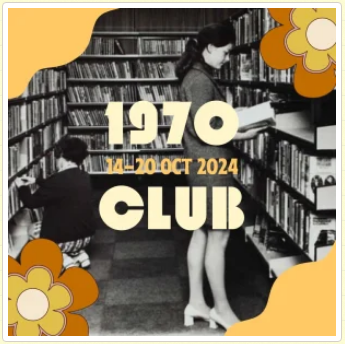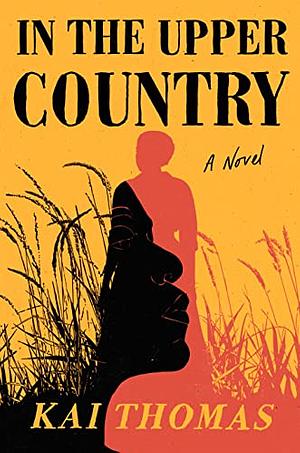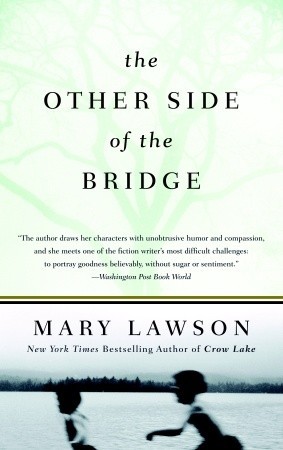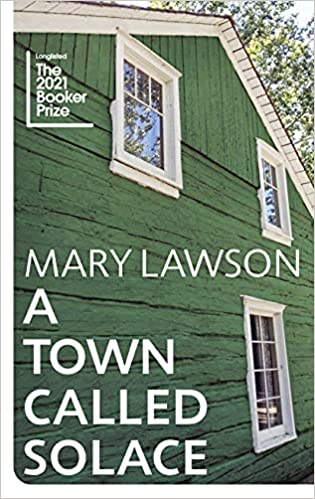I have long meant to read something by Robertson Davies, so when I saw that Fifth Business qualified for the 1970 Club, I got hold of a copy. This novel is Davies’ fourth book and the first in his Deptford Trilogy.
In the 1910s, Dunstable (later called Dunstan or Dunny) Ramsey is ten years old when a snowball thrown by Percy Boyd Staunton locks his fate with that of Staunton and two other people. Dunny knows that Staunton, who is rich and a bit of a bully, is planning to hit him with the snowball, so he gets behind Reverend Amasa Dempster and his young, pregnant wife for protection. Staunton throws the snowball anyway and hits Mrs. Dempster in the head. She has a kind of hysterical fit, goes into premature labor, and gives birth to Paul, who has to be tended carefully to keep him from dying. This work is done by Dunny’s mother. Mrs. Dempster is not quite all there after this experience. Dunny’s guilt at having tried to use the Dempsters as a shield leads him to a lifelong connection with Mrs. Dempster and a more sporadic one with Paul.
Dunstan begins with this story in telling his headmaster about his life, because he feels diminished by the speech about him made at his retirement party. He claims to be fifth business, a theater and opera term used of a character who does not seem important but is required for the plot to work.
I found this novel fascinating, because it goes on, telling the events in Dunstan’s life in an interesting and entertaining way, but you wonder where it’s going. Then, in a breathtaking last few pages, Davies ties together all the major events and principal characters. Warning to everyone: the book reflects misogynistic tendencies, not a surprise for the earlier time setting of the book, beginning before World War I and continuing after World War II (or for 1970, for that matter). But what a book!

